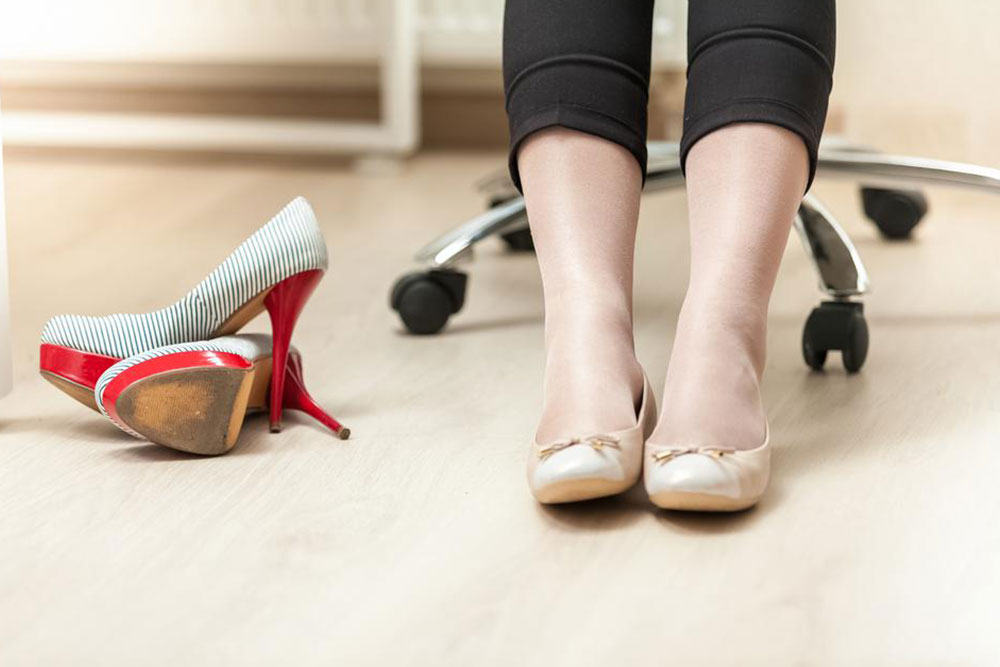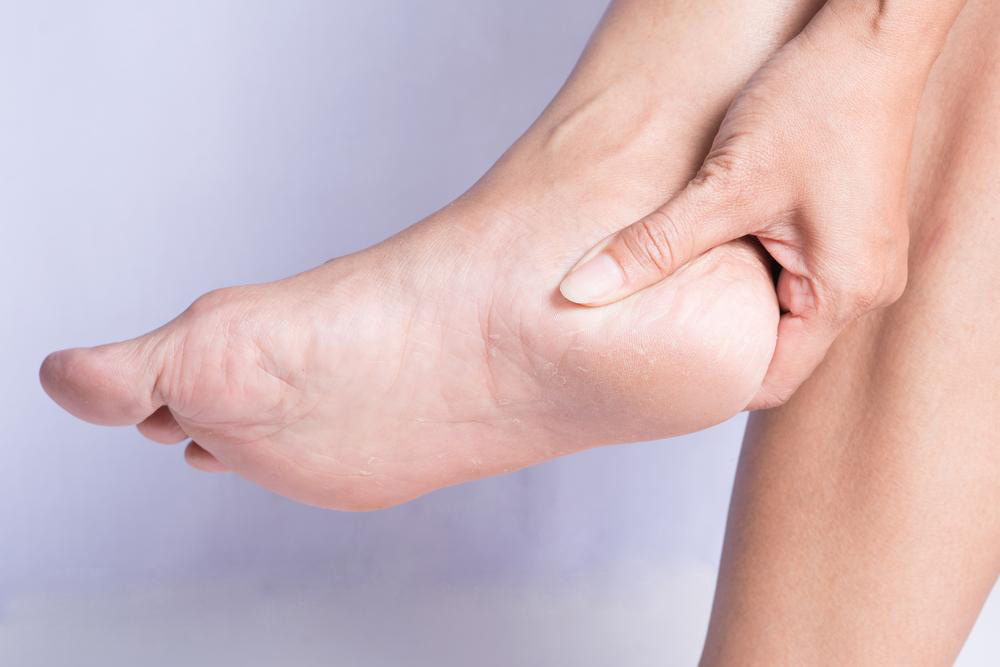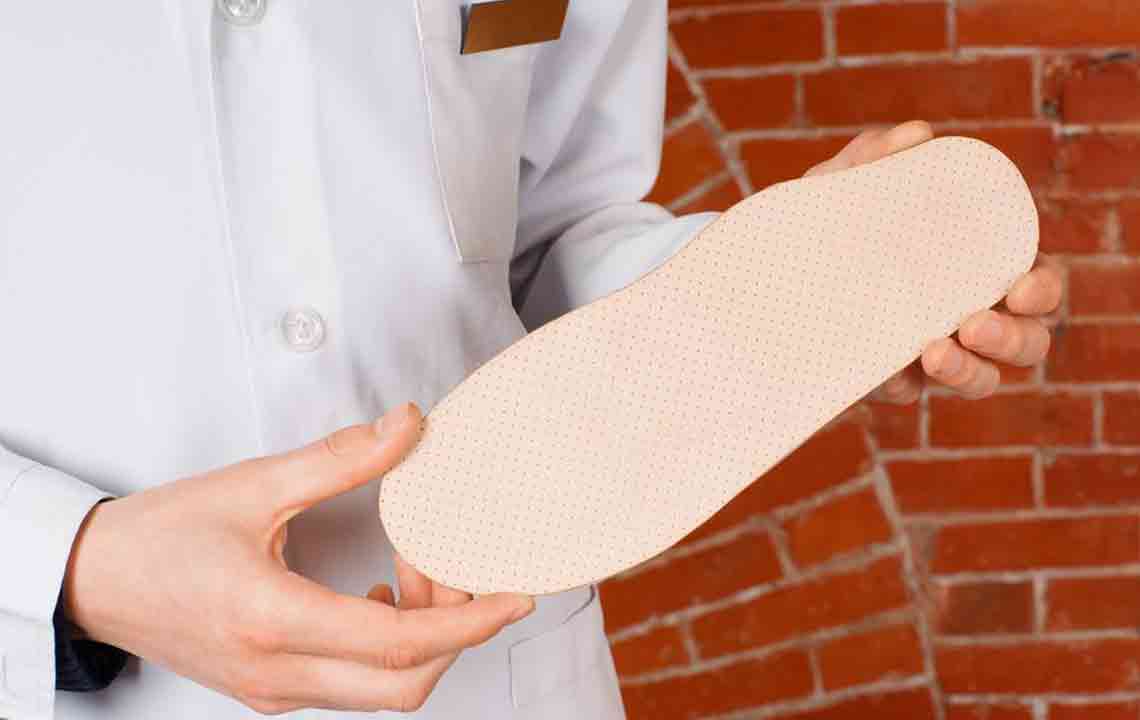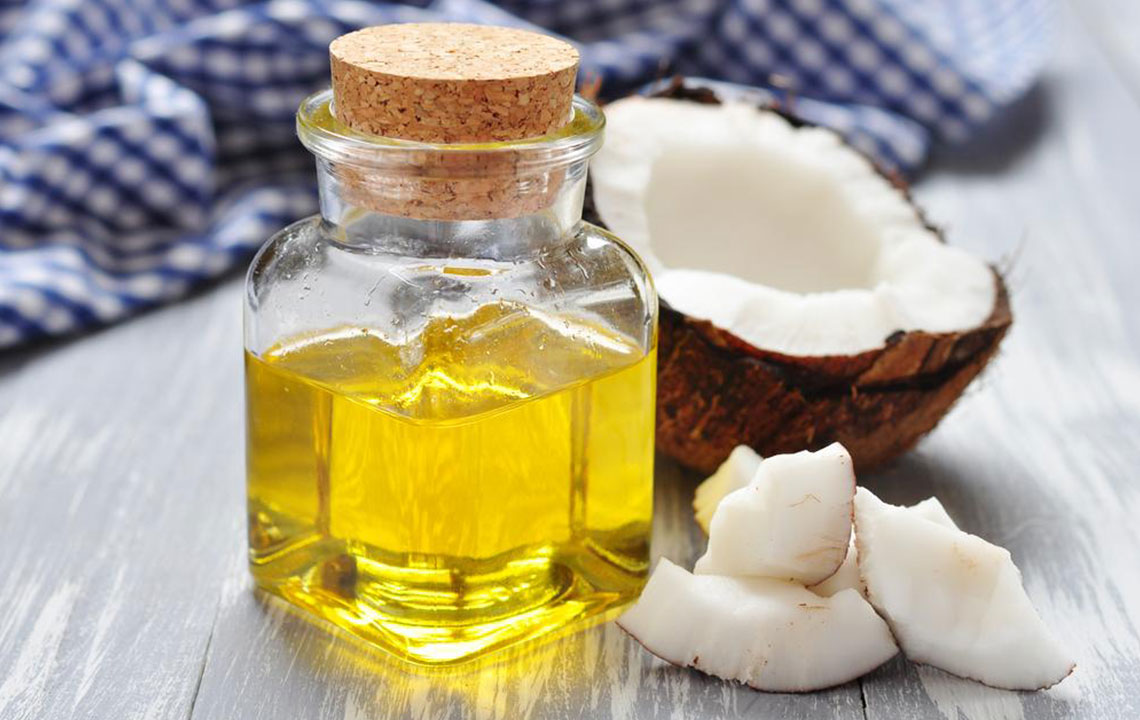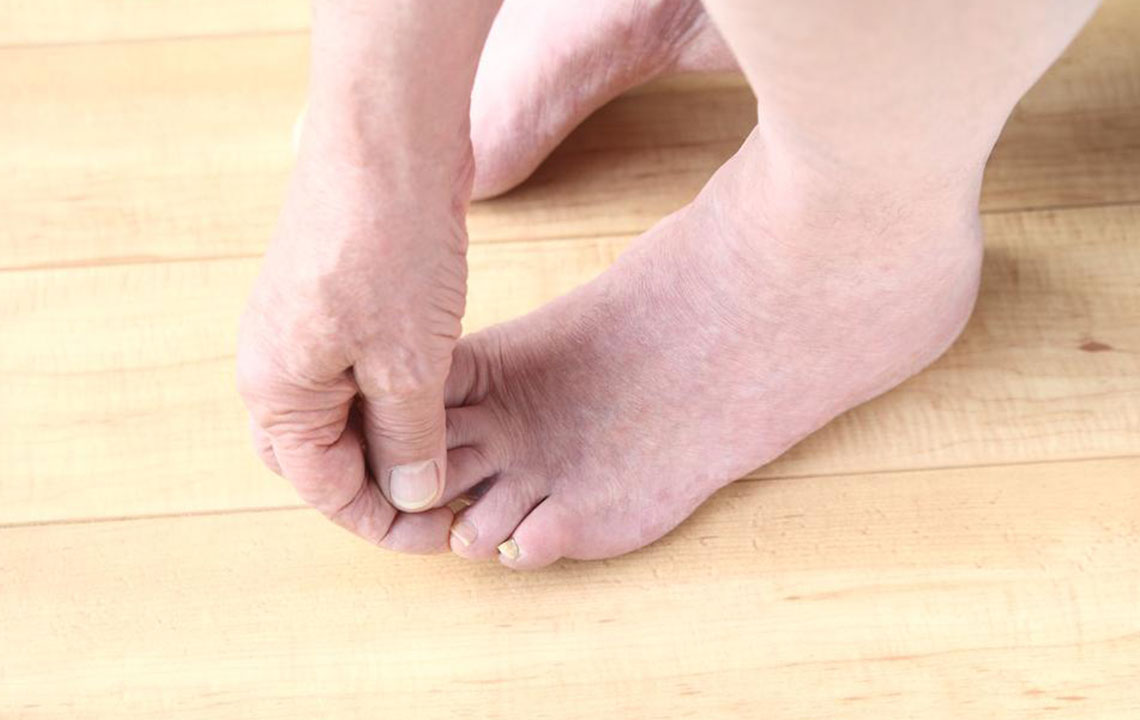Comprehensive Strategies to Relieve Heel Pain Naturally and Effectively
Discover comprehensive and natural methods to relieve heel pain effectively. This detailed guide covers causes, proper diagnosis, conservative treatments, physical therapy, natural remedies, and when to consider surgical options. Learn how to manage heel discomfort through lifestyle adjustments, medications, orthotics, and advanced therapies to restore mobility and improve quality of life. Early intervention and a personalized approach are key to successful recovery, preventing long-term issues and enabling you to stay active and pain-free.
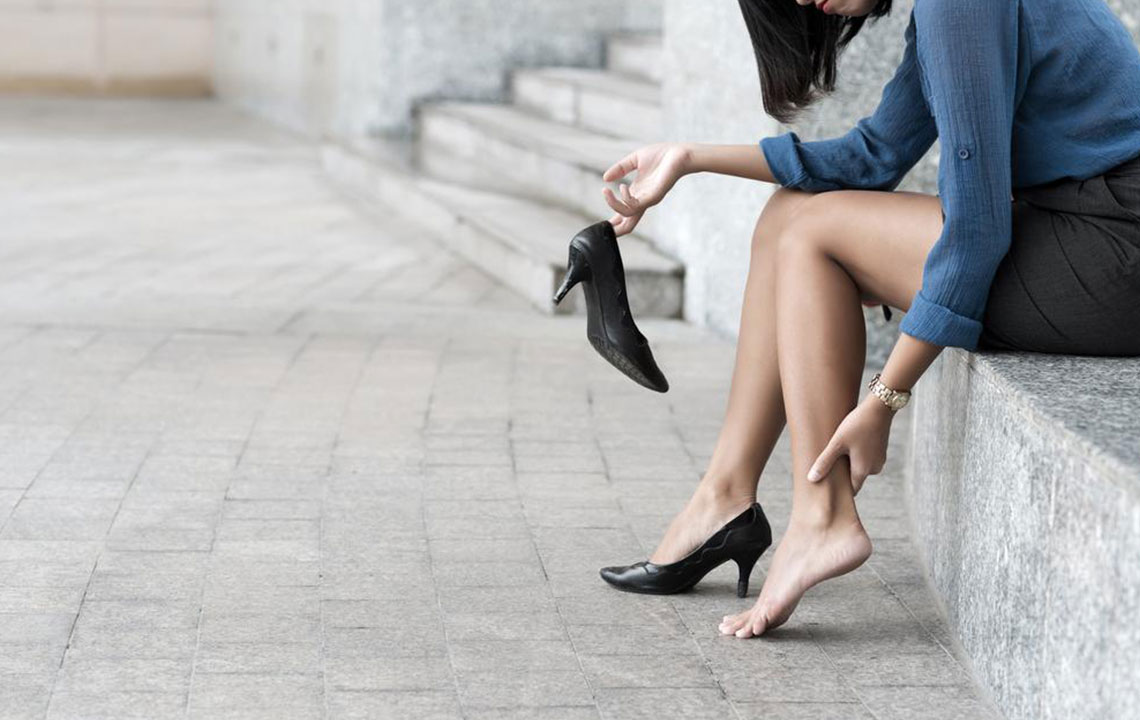
Effective and Practical Methods for Alleviating Heel Pain
Heel pain is a common ailment that affects a wide range of people, especially those with active lifestyles or occupations that require prolonged standing or walking. If you've ever experienced a sudden jolt of pain at the back of your heel after a long day on your feet, or if persistent discomfort has gradually developed, you're not alone. Understanding the causes of heel pain and exploring effective treatment options can help you regain comfort and maintain mobility. This article delves into detailed methods to relieve heel pain, covering causes, preventive measures, and a variety of safe, non-invasive treatments suitable for most individuals.
Why Is Managing Heel Pain Crucial?
The heel is an intricate part of the foot that bears the body's weight during almost all activities. It contains a large bone called the calcaneus, along with numerous tendons and ligaments that support foot function. When these structures are strained or inflamed, heel pain can significantly impair daily activities and lower your quality of life. Left untreated, heel issues can even lead to gait abnormalities, secondary injuries, or chronic discomfort. Therefore, early recognition and prompt management are essential to prevent prolonged pain and avoid invasive procedures.
In human anatomy, the foot comprises approximately 26 bones, with the calcaneus — the heel bone — being the largest. This bone endures continuous mechanical stress during walking, running, jumping, and even standing still. Chronic overuse, trauma, or pathological conditions can lead to heel pain, which may manifest as stabbing, aching, or throbbing sensations. Fortunately, in most cases, heel discomfort is manageable through a variety of conservative treatments that do not involve surgical intervention. Proper diagnosis and personalized treatment plans can significantly reduce pain and improve foot function.
Primary causes of heel pain
Mechanical overload is the leading contributor to heel pain, resulting from repetitive stress or sudden injury. Other underlying health conditions such as plantar fasciitis, Achilles tendinitis, heel spurs, arthritis, nerve entrapments like tarsal tunnel syndrome, infections, autoimmune diseases, or trauma can also cause or exacerbate heel discomfort. Accurate diagnosis by a healthcare professional is critical to determining the most effective treatment approach and to rule out serious conditions.
Conservative, non-invasive treatment options
A large proportion of heel pain cases respond well to conservative therapy. These methods aim to reduce inflammation, relieve pain, and promote healing without the need for surgery. They typically include medication, physical therapy, and lifestyle modifications, often combined for optimal results.
Anti-inflammatory medications for heel pain relief
Non-steroidal anti-inflammatory drugs (NSAIDs) such as ibuprofen or naproxen are commonly recommended to help alleviate pain and reduce swelling associated with heel conditions like plantar fasciitis or Achilles tendinitis. These medications are generally safe when used as directed but should be avoided in individuals with certain medical conditions or in long-term use without medical supervision.
Use of corticosteroids
When NSAIDs are insufficient, healthcare providers may recommend corticosteroid injections directly into the painful area to rapidly decrease inflammation. Topical corticosteroid creams can also provide localized relief, especially for inflammation of the tendons and tissues around the heel.
Application of cold therapy
Cold compresses or ice packs are effective in reducing acute inflammation and numb pain. Applying ice for 15-20 minutes several times a day, especially after activity, can help manage symptoms. Proper footwear, rest, and minimizing activities that aggravate heel pain are also crucial in the recovery process.
Physical therapy techniques
Engaging with a qualified physiotherapist can significantly enhance recovery. Therapeutic exercises focus on stretching tight tendons such as the Achilles tendon and plantar fascia, strengthening lower leg muscles, and improving foot biomechanics. Manual therapy, massage, and ultrasound therapy are additional tools used to promote healing and alleviate discomfort.
Night splints and orthotics
Wearing a night splint helps maintain the foot in a stretched position overnight, reducing morning stiffness and pain. Custom orthotic insoles and arch supports correct abnormal foot biomechanics, distribute pressure evenly, and cushion the heel. These devices can prevent further injury and support healing during daily activities.
Advanced therapeutic approaches
For persistent or chronic heel pain, shock wave therapy offers a non-invasive option. This approach uses high-energy sound waves to stimulate tissue regeneration and reduce inflammation, proving effective for stubborn cases unresponsive to standard treatments.
Surgical interventions
Surgery is generally considered a last resort when conservative treatments fail. Procedures may include releasing a contracted plantar fascia, removing calcaneal spurs, or repairing damaged tendons. Surgical risks and recovery time should be discussed thoroughly with healthcare professionals before proceeding.
Natural and DIY remedies for heel pain
Supporting your healing process with natural remedies can enhance recovery. Adequate intake of vitamins and minerals, especially vitamin C, D, calcium, and magnesium, is important for bone and tissue health. Soaking your feet in Epsom salt baths or warm linseed oil compresses can soothe aching tissues. Elevating the foot above chest level, using compression bandages, and avoiding unnecessary weight-bearing activities can reduce swelling and improve blood circulation.
Maintaining good foot hygiene, choosing supportive footwear, avoiding walking barefoot on hard surfaces, and performing daily stretching routines can help prevent future heel issues. Consistency with these practices, along with medical guidance, leads to better outcomes and a significant reduction in heel pain over time.
In conclusion, heel pain is a prevalent problem but often manageable with informed care and lifestyle adjustments. By utilizing a combination of medical treatments, physical therapies, and natural remedies, most individuals can attain pain relief and restore comfortable mobility. Early intervention not only alleviates discomfort but also prevents the development of chronic conditions, ensuring a healthier, more active life.
